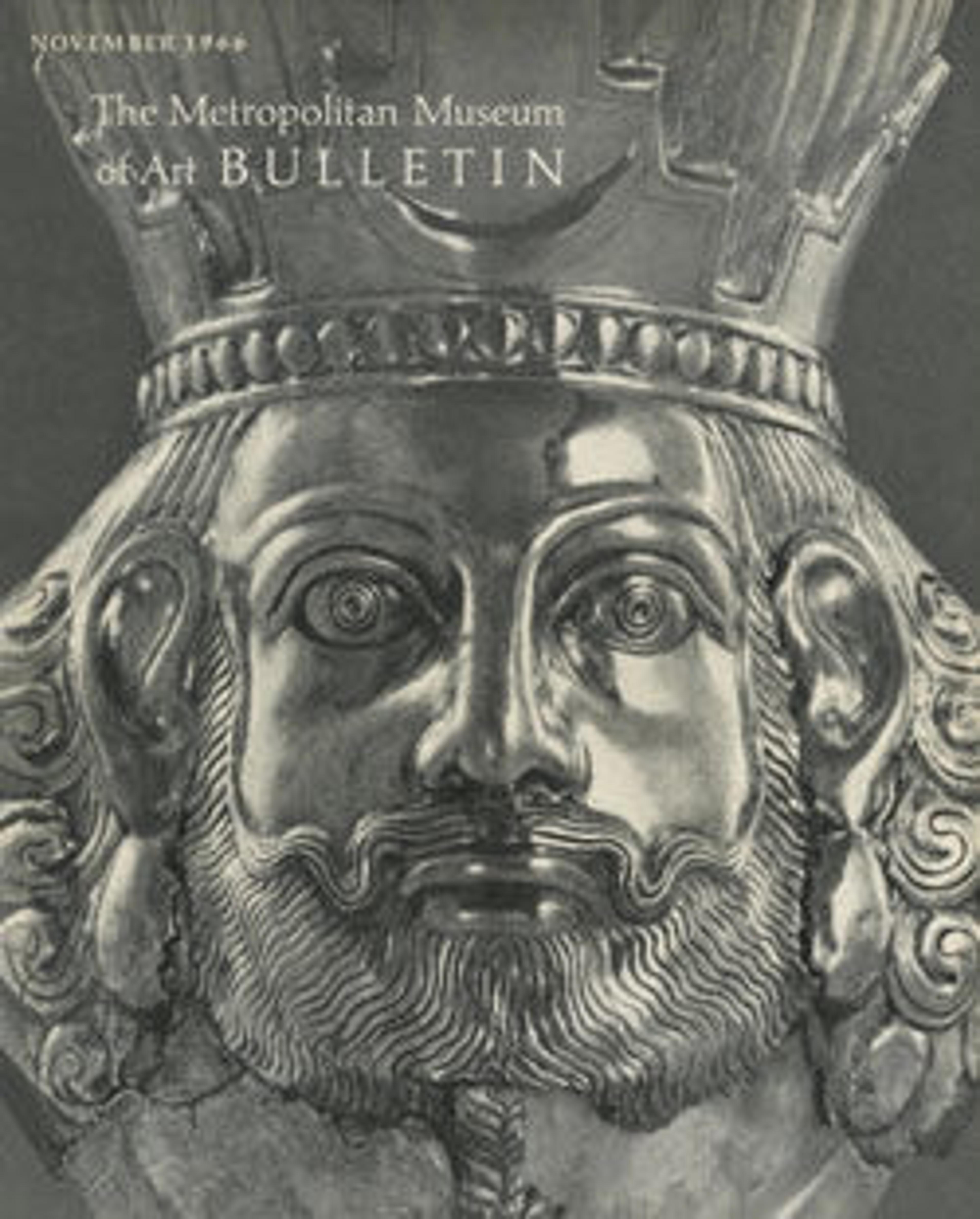Furniture plaque carved in relief with man holding vessel to his mouth
Excavations at Hasanlu in Iran yielded a large number of carved ivory fragments, many in a distinctive style found only at this site, which probably decorated wooden furniture or were used as small precious objects such as boxes. The citadel at Hasanlu was attacked and destroyed around 800 B.C., most likely by military forces of the powerful state of Urartu, centered in present-day Armenia, eastern Turkey, and northwestern Iran. In the fire that destroyed the citadel, many objects were crushed and shattered. The blackened appearance of most of the Hasanlu ivories is due to their exposure to high temperatures at the time of the citadel’s destruction.
On this fragment, a figure faces right and drinks from a cup, the base of which can be seen protruding below his fist. His hair covers the back of the neck and is held at the forehead with a fillet. The eye and nose are emphasized over the rest of the features. Bunched fabric can be seen draped over his shoulder, but the details of the garment are difficult to make out. A bracelet at the wrist has a subtle oval swelling that may represent decoration. The plaque was probably attached to a wooden frame by means of dowels, to form a piece of furniture.
On this fragment, a figure faces right and drinks from a cup, the base of which can be seen protruding below his fist. His hair covers the back of the neck and is held at the forehead with a fillet. The eye and nose are emphasized over the rest of the features. Bunched fabric can be seen draped over his shoulder, but the details of the garment are difficult to make out. A bracelet at the wrist has a subtle oval swelling that may represent decoration. The plaque was probably attached to a wooden frame by means of dowels, to form a piece of furniture.
Artwork Details
- Title:Furniture plaque carved in relief with man holding vessel to his mouth
- Period:Iron Age II, Hasanlu Period IV
- Date:ca. 9th century BCE
- Geography:Iran, Hasanlu
- Culture:Iran
- Medium:Ivory
- Dimensions:1.14 x 0.87 x 0.16 in. (2.9 x 2.21 x 0.41 cm)
- Credit Line:Rogers Fund, 1965
- Object Number:65.163.16
- Curatorial Department: Ancient West Asian Art
More Artwork
Research Resources
The Met provides unparalleled resources for research and welcomes an international community of students and scholars. The Met's Open Access API is where creators and researchers can connect to the The Met collection. Open Access data and public domain images are available for unrestricted commercial and noncommercial use without permission or fee.
To request images under copyright and other restrictions, please use this Image Request form.
Feedback
We continue to research and examine historical and cultural context for objects in The Met collection. If you have comments or questions about this object record, please contact us using the form below. The Museum looks forward to receiving your comments.
